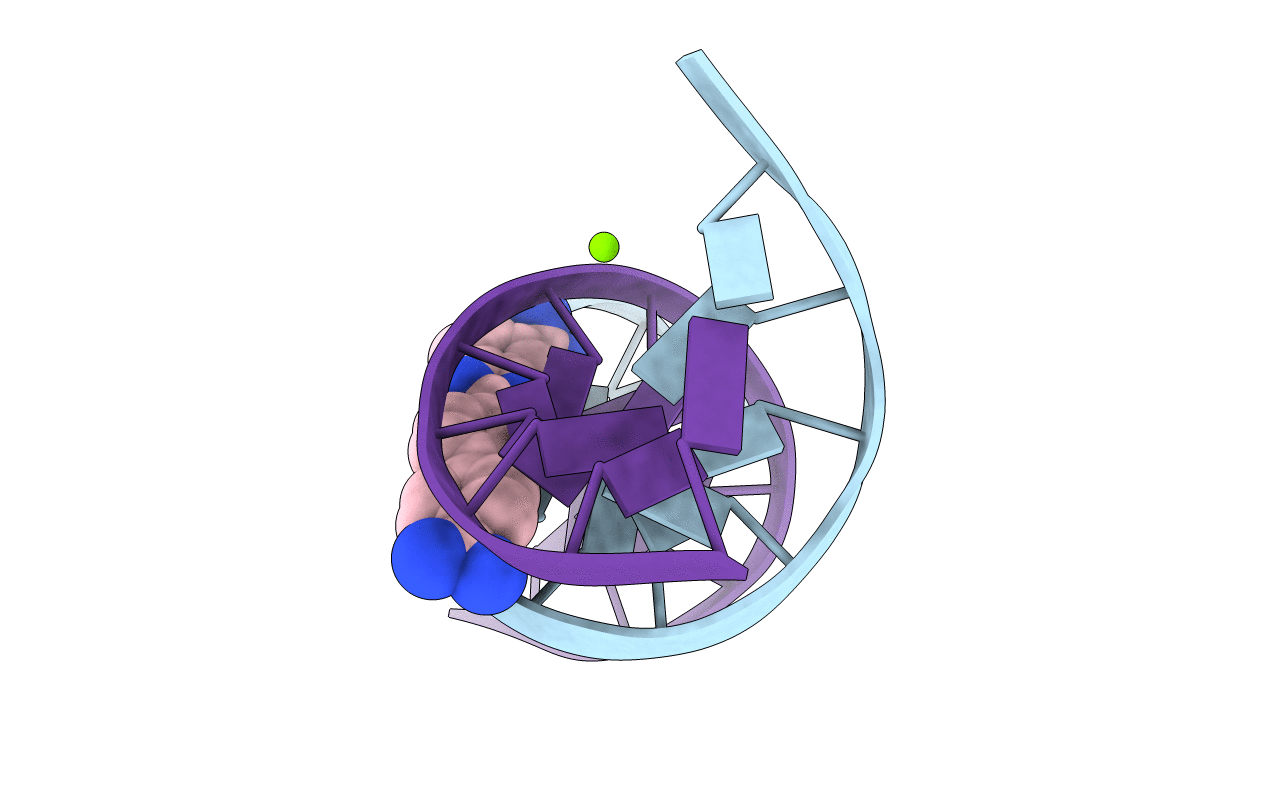
Deposition Date
2005-09-14
Release Date
2005-11-22
Last Version Date
2023-08-23
Entry Detail
Biological Source:
Source Organism:
Method Details:
Experimental Method:
Resolution:
1.64 Å
R-Value Free:
0.30
R-Value Observed:
0.22
Space Group:
P 21 21 21


